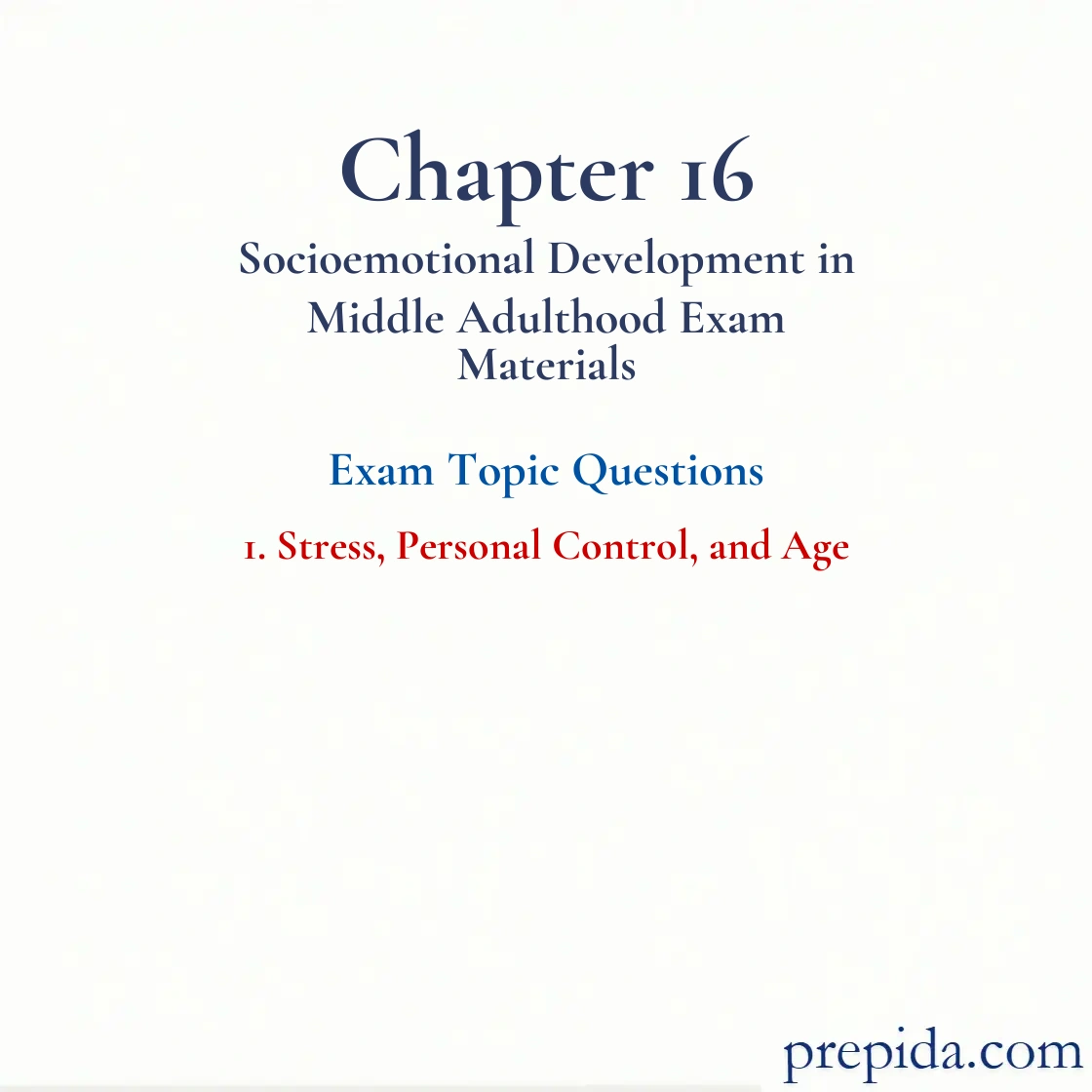
Gary got divorced after 7 years of marriage. He is highly stressed and is using the fight-or-flight manner to respond to stress. Gary is most likely to
- withdraw from social contact.
- be merciful and forgiving.
- seek social alliances.
- tend and befriend people.
Fight-or-Flight: The view that when men experience stress, they are more likely to engage in a fight-or-flight pattern, as reflected in being aggressive, withdrawing from social contact, or drinking alcohol.
In the context of stress, which of the following is a difference between a fight-or-flight manner and a tend-and-befriend pattern?
- A fight-or-flight manner involves becoming aggressive and withdrawing from social contact, whereas a tend-and-befriend pattern involves seeking social alliances with others, especially friends.
- When women face stress, they are more likely to respond in a fight-or-flight manner, whereas when men experience stress, they are more likely to engage in a tend-and-befriend pattern.
- A fight-or-flight manner involves seeking psychotherapy or reading a self-help book, whereas a tend-and-befriend pattern involves not admitting to have problems and fixing problems without anyone's help.
- When older adults face stress, they are more likely to respond in a fight-or-flight manner, whereas when adolescents experience stress, they are more likely to engage in a tend-and-befriend pattern.
Fight-or-Flight: The view that when men experience stress, they are more likely to engage in a fight-or-flight pattern, as reflected in being aggressive, withdrawing from social contact, or drinking alcohol.
Hannah is grieving the death of her mother, so she is experiencing extreme stress. She is likely to engage in
- a tend-and-befriend pattern.
- an aggressive behavior.
- a fight-or-flight response.
- social distancing.
Tend-And-Befriend: Taylor’s view that when women experience stress, they are likely to engage in a tend-and-befriend pattern, seeking social alliances with others, especially female friends.
Adam has been facing work-related stress lately. The stress is negatively affecting his health. Adam is likely to respond in a
- composed manner.
- fight-or-flight manner.
- stagnant manner.
- tend-and-befriend pattern.
Fight-or-Flight: The view that when men experience stress, they are more likely to engage in a fight-or-flight pattern, as reflected in being aggressive, withdrawing from social contact, or drinking alcohol.
Darren has a stressful work life. His workload has increased threefold, and he is having a hard time dealing with stress. In such a situation, Darren is most likely to
- take prescription medication.
- read a self-help book.
- attend a support group meeting.
- seek psychotherapy.
According to research, women and men differ in the way they experience and respond to stressors. When coping with stress, men were more likely than women to
- read a self-help book.
- engage in comfort eating.
- take prescription medication.
- have sex or use pornography.
Sexually Transmitted Infections (STIs): Infections that are contracted primarily through sexual contact, including oral-genital and anal-genital contact.
According to the Almeida and Horn's study, which of the following is the difference in the experience of stressors between young adults and middle-aged adults?
- Unlike middle-aged adults, young adults experienced daily stressors less frequently.
- Unlike young adults, middle-aged adults experienced less multiple stressors than older adults.
- Unlike middle-aged adults, young adults were less physically reactive to work stressors.
- Unlike young adults, middle-aged adults experienced more "overload" stressors.
Middle Adulthood: The developmental period that begins at approximately 40 to 45 years of age and extends to about 60 to 65 years of age.
Middle-aged adults feel they have less control over their
- marriage.
- finances.
- work.
- children.
Average Children: Children who receive an average number of both positive and negative nominations from peers.
Over which of the following aspects of life do middle-aged adults feel they have the least control?
- finances
- sex life
- work
- marriage
According to Lachman, researchers have found that on average a sense of personal control peaks in ________ and then declines.
- early adulthood
- midlife
- adolescence
- late adulthood
Middle Adulthood: The developmental period that begins at approximately 40 to 45 years of age and extends to about 60 to 65 years of age.
Miranda is 45 years old. She is a single working mother. According to a study by Kanner in 1981, which of the following is a daily uplift that Miranda is most likely to experience?
- finding time for entertainment
- meeting her responsibilities
- maintaining her physical appearance
- maintaining her household
Aaron is 48 years old. He is married and has two adolescent children. According to a study by Kanner in 1981, which of the following is a daily hassle that Aaron is most likely to face?
- concerns about meeting high standards
- concerns about completing a task
- concerns about health of a family member
- inability to get enough sleep
Grief: The emotional numbness, disbelief, separation anxiety, despair, sadness, and loneliness that accompany the loss of someone we love.
Which of the following is one of the ten most frequent daily hassles for middle-aged adults?
- concerns about being lonely
- concerns about meeting high standards
- concerns about weight
- wasting time
Anorexia Nervosa: An eating disorder that involves the relentless pursuit of thinness through starvation.
According to research, women and men differ in the way they experience and respond to stressors. When coping with stress, women were more likely than men to
- try to fix problems themselves.
- engage in comfort eating.
- attend a support group meeting.
- have sex or use pornography.
Binge Eating Disorder (BED): Involves frequent binge eating but without compensatory behavior like the purging that characterizes bulimics.
Amanda got divorced after 15 years of marriage. Ever since, she has been experiencing high levels of stress. To cope with stress, Amanda is most likely to
- attend a support group meeting.
- have sex or use pornography.
- take prescription medication.
- withdraw from social contact.